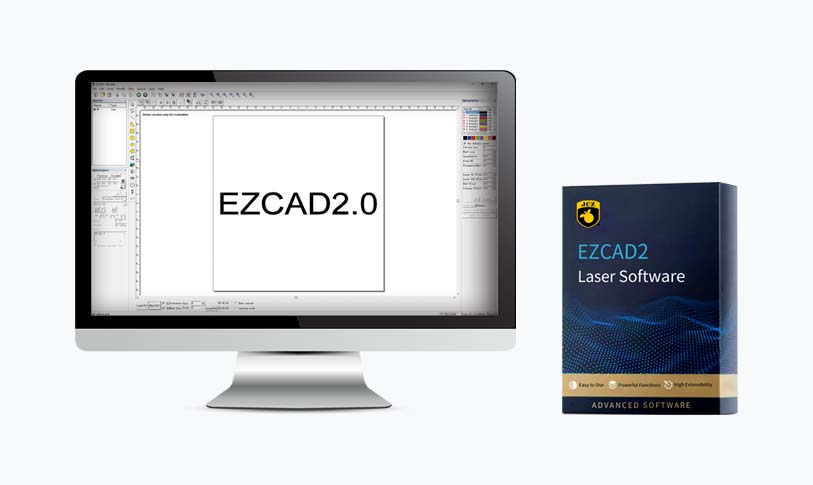
Exploring the Advancements and Applications of Fiber Optic Lasers in Modern Technology and Industry
****
In recent years, the utilization of fiber optic lasers has revolutionized various sectors by enhancing efficiency and precision in numerous applications. As technology continues to evolve, fiber optic lasers are proving to be an essential component in fields ranging from telecommunications to biomedical engineering. This article delves into the advancements in fiber optic laser technology, their diverse applications, and the implications for the future of industries reliant on high-performance laser systems.
**Understanding Fiber Optic Lasers**
At the heart of fiber optic laser technology lies the principle of light amplification via stimulated emission of radiation, facilitated by optical fibers. Unlike traditional lasers that utilize bulky components and require significant space for operation, fiber optic lasers are compact and efficient. They harness the properties of optical fibers, which are linear “waveguides” that can transmit light with minimal loss. The core of the fiber is doped with rare-earth elements such as ytterbium or neodymium, which enhance its light amplification capabilities.

Exploring the Advancements and Applications of Fiber Optic Lasers in Modern Technology and Industry
One of the primary advantages of fiber optic lasers is their ability to deliver high-quality output beams, which are critical in applications requiring precision. Additionally, fiber optic lasers generate less heat, making them ideal for applications that require prolonged use without the risk of overheating.
**Advancements in Technology**

Exploring the Advancements and Applications of Fiber Optic Lasers in Modern Technology and Industry
Recent advancements in fiber optic laser technology have significantly enhanced their performance. Innovations in manufacturing techniques have allowed for improved fiber designs, leading to higher efficiency and better beam quality. The emergence of integrated photonics and advancements in semiconductor technology have also paved the way for miniaturized fiber optic laser systems, which are easier to integrate into a variety of instruments and platforms.
Moreover, advancements in temperature management and component durability have made fiber optic lasers more reliable under harsh operating conditions. These improvements have resulted in the development of high-power fiber lasers capable of performing demanding tasks, such as cutting and welding, with greater efficiency and precision.
**Applications Across Industries**
The versatility of fiber optic lasers has led to their adoption across numerous industries:
1. **Manufacturing**: In the manufacturing sector, fiber optic lasers are extensively used for cutting, welding, and marking materials. Their precision minimizes waste and enhances product quality. They can easily cut through thick materials and provide high-speed operation, making them a preferred choice for modern manufacturing facilities.
2. **Telecommunications**: Fiber optics are pivotal in telecommunications, where high-speed data transmission is essential. Fiber optic lasers are employed in the transmission of data over long distances, allowing for improved bandwidth and faster internet speeds. They help maintain the integrity of signals, reducing latency and enhancing overall communication efficiency.
3. **Medical and Biomedical Applications**: Fiber optic lasers play a crucial role in medical procedures, including laser surgery and phototherapy. Their precision and ability to target specific tissues with minimal damage to surrounding areas have made them invaluable in procedures such as laser lithotripsy and endoscopic surgeries. Additionally, they are utilized in aesthetic treatments, offering patients effective and minimally invasive options.
4. **Defense and Security**: In the defense sector, fiber optic lasers are used in various applications, including target designation and communication systems. Their compact size and robustness make them ideal for portable defense systems that require reliable performance in various environments.
5. **Research and Development**: Fiber optic lasers are also critical in scientific research, where they are used in laboratories for spectroscopy, material analysis, and optical sensing. Their ability to produce high-intensity light with tunable wavelengths allows researchers to explore new materials and processes.
**The Future of Fiber Optic Lasers**
As industries continue to demand more efficient and capable laser systems, the future of fiber optic lasers looks promising. Ongoing research aims to enhance their capabilities, such as developing ultra-fast fiber lasers for advanced manufacturing techniques or exploring new rare-earth doping materials for greater efficiency.
The integration of artificial intelligence and smart technologies with fiber optic lasers also holds significant potential. Automating processes and incorporating data-driven decision-making could further enhance the precision and efficiency of fiber optic laser applications across various sectors.
In conclusion, fiber optic lasers represent a significant step forward in laser technology, offering numerous benefits for modern industries. With continuous advancements and a broad range of applications, these lasers are poised to remain at the forefront of innovation, impacting everything from manufacturing to medicine and beyond. The potential for future developments suggests that fiber optic lasers will play an increasingly vital role in shaping the technological landscape in the years to come.laser cutting controller

